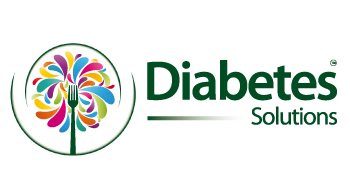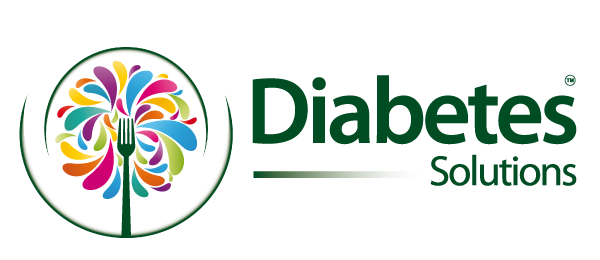In recent years, type 2 diabetes has moved from medical journals to mainstream media, making frequent appearances in our everyday conversations. But do we genuinely grasp what it signifies, or do we only possess a cursory understanding?
The Core Concept: Glucose Metabolism
At its heart, type 2 diabetes is a metabolic disorder concerning glucose, a type of sugar. Our body, particularly our cells, requires glucose as a primary energy source. We derive this glucose primarily from the foods we consume. But for glucose to enter our cells, we need a hormone called insulin, produced by the pancreas.
Visualise insulin as a key. In a non-diabetic state, this key smoothly unlocks our cell doors, allowing glucose to enter and be utilised or stored. In type 2 diabetes, however, there’s a glitch. The key doesn’t fit the lock properly. This is what health professionals term as ‘insulin resistance.’
The Birth of Insulin Resistance
Now, the natural question arises: why does insulin resistance occur? It’s an intricate tapestry of genetics, lifestyle, and environmental factors. Over the years, research has spotlighted a few key contributors:
- Genetics: An inherent predisposition can increase susceptibility. If close family members have the condition, the odds might be tilted against you, though it’s not a definitive fate.
- Cellular Dysfunction: On a microscopic level, our cell membranes can alter, primarily due to unhealthy dietary habits. This change impedes insulin’s interaction with cells.
- Visceral Fat: Not all fats are equal. Fat stored around our abdomen, termed as visceral fat, releases specific proteins that can disrupt insulin’s functioning.
The Pancreas Overdrive
With the onset of insulin resistance, our pancreas initially goes into overdrive, producing more insulin to compensate. It’s like trying to force a key into a jammed lock. For a while, this heightened production keeps blood glucose levels in check. However, over time, the pancreas can’t keep up. That’s when glucose starts accumulating in our bloodstream, marking the official onset of type 2 diabetes.
High Blood Sugar: Beyond the Numbers
Having high blood sugar isn’t just a statistical concern, reflected in medical reports. It has tangible physiological implications. Glucose, when present in excess in our bloodstream, can be caustic, affecting the proper functioning of our organs, blood vessels, and nerves. It’s akin to a river overflowing its banks; while water is essential for life, in undue amounts, it can be damaging.
The Symptomatic Presentation
Often, type 2 diabetes is termed the ‘silent killer’ because its onset might be insidious. The symptoms are subtle initially, gradually becoming more pronounced. The body, in a bid to dilute the high blood sugar, increases urine output, leading to frequent urination. This, in turn, leads to increased thirst. Unexplained weight loss, despite eating regularly, can be another marker. This is because the body, unable to utilise glucose, starts breaking down muscle and fat for energy.
Other symptoms might include fatigue (since glucose isn’t efficiently converted into energy), blurred vision (due to glucose affecting the lens of the eyes), and slow healing of cuts and wounds (as high blood sugar affects immunity and healing).
Differentiating Type 1 and Type 2
It’s vital to understand that type 2 diabetes is distinct from type 1. While both involve malfunctioning glucose metabolism, the root causes differ. In type 1, the body doesn’t produce insulin due to an autoimmune reaction. In type 2, as we’ve explored, the body either resists the effects of insulin or doesn’t produce enough to maintain normal glucose levels.
The Underlying Message
In summary, type 2 diabetes offers a profound lesson in the delicate balance of our body’s functions. A simple hormone, when not functioning optimally, can unsettle our entire metabolic equilibrium. Understanding type 2 diabetes isn’t merely about recognising a medical condition; it’s about appreciating the intricate dance of molecules that keep us alive and thriving.
You might find my book, The KISSS Plan, of particular interest – you can check it out (and get a 50% discount off the PDF copy) here.





